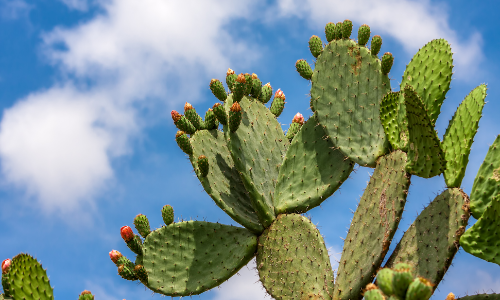Phobic disorder is defined as an irrational and observable level of fear or anxiety that persists towards a specific object or situation, leading to clinically significant distress or impairment in functioning. Specific phobic disorders, such as animal phobia, agoraphobia (fear of open spaces), claustrophobia (avoidance of enclosed spaces), and social phobia (anxiety about being perceived as strange or ridiculous by others), are the third most common psychiatric disorders in the United States and the diagnosis rates are increasing in other countries as well. The lifetime prevalence has been reported as 12.5%.
Not every fear can be classified as a phobic disorder, and it is incorrect to evaluate phobic disorders as everyday fears that everyone can experience. The fear or avoidance behavior involved in phobic disorders disrupts the individual’s daily functioning.
Ustad Bediüzzaman explained the feeling of fear in a wise way when discussing an elderly person’s fear of getting on a boat. He stated. ” The Almighty has given the feeling of fear for preserving life, not for its destruction. And he did not give fear to make life difficult or painful. It is reasonable to have a cautious fear when there are two, three, or four possibilities. However, to fear based on one possibility out of twenty, thirty, or forty possibilities is mere imagination, and it turns life into agony.” With this statement, he provided a reasonable explanation for the feeling of fear from the perspective of our spiritual dynamics. Fears that disrupt functionality, as seen in the example, cause unnecessary anxieties, making the flow of daily life more difficult and sometimes even hindering that flow.
Besides the common specific phobias, there are also interesting phobias such as the fear of gaining weight (obesophobia), fear of touch (haphephobia), fear of clowns (coulrophobia), and fear of being buried alive (taphephobia). Tripophobia, also known as the fear of hole-filled objects, is one of these interesting phobias that has been identified recently.
Individuals with trypophobia experience discomfort from images or patterns formed by clusters of holes or circles. Among the most famous triggering stimuli are images of lotus flower heads, honeycombs, and soap suds. Le and his colleagues have reported that these stimuli are not limited to circular objects alone; any pattern formed by closely arranged small objects, repeating visual patterns, or clusters of adjacent lump-like shapes can also be effective triggers. In another study, it has been stated that these images can also cause discomfort in individuals who do not have trypophobia.
One of the most commonly reported feelings by those suffering from this phobic disorder is disgust. This discomfort is rooted in their higher sensitivity to disgust compared to the general population. Additionally, excessive fear and avoidance of attack and disease transmission threats, as well as symbols reminiscent of feared animals, also play a significant role. Following the triggering visual stimuli, in addition to disgust, individuals frequently express feelings such as a sense of losing control, dissatisfaction, restlessness, panic, screaming, anxiety, feeling terrorized, nausea, tension, abdominal pain, shortness of breath, and nausea.
This interesting phobia is more common in women, usually starting during adolescence and following a chronic course. Similar to major depressive disorder and generalized anxiety disorder (85.6%), psychiatric disorders often accompany this condition, and there is a strong relationship between the severity of trypophobia and the intensity and duration of the experienced stress.
With the help of scales developed by Le and his colleagues, such as the Trypophobia Questionnaire, attempts are made to diagnose and determine the severity of phobic disorders in potential patients. As with other similar conditions, various medications, including antidepressants, as well as psychotherapeutic methods such as “exposure therapy” and “encouragement,” recommended by experts in the field, are used in the treatment.
As expressed by the Master Bediüzzaman, the feeling of fear is given to all of us to safeguard the precious gift of life. Like our other emotions, when used in a balanced and appropriate manner, it actually adds color and flavor to our lives, and its importance becomes evident. If we try to evaluate phobic disorders from this perspective, becoming more aware of our feeling of fear and avoidance behavior can help us keep our fears at a reasonable level.
Prevalence: The rate of occurrence of a disease in a specific population during a certain period of time.




